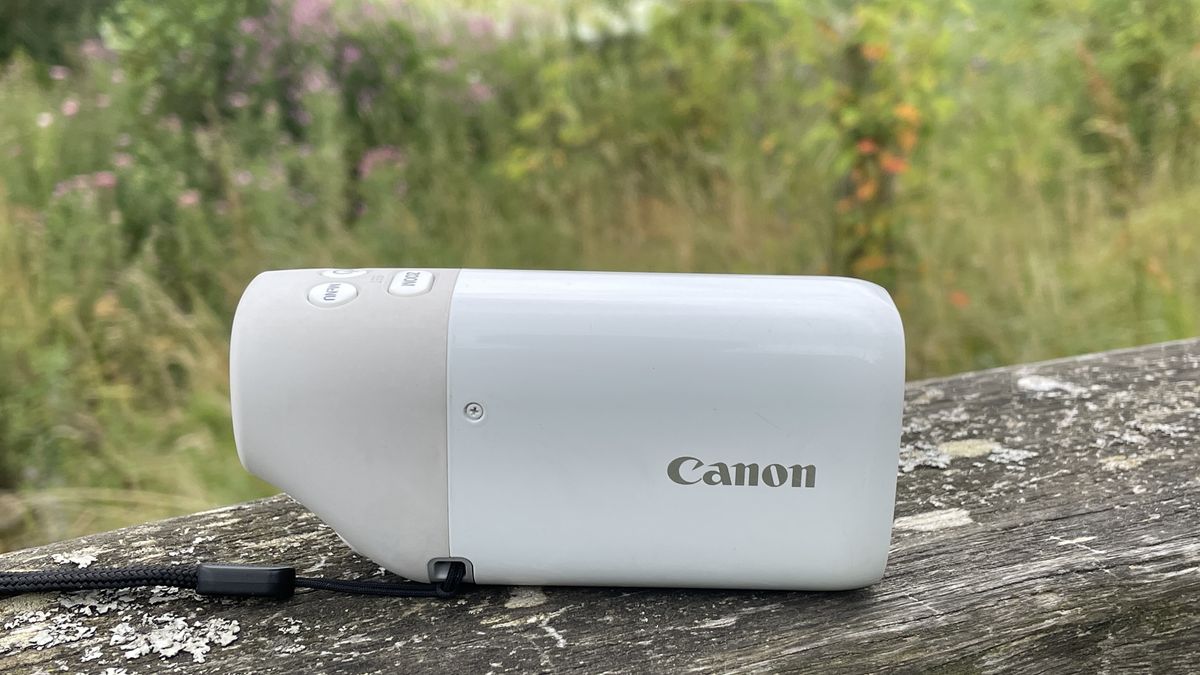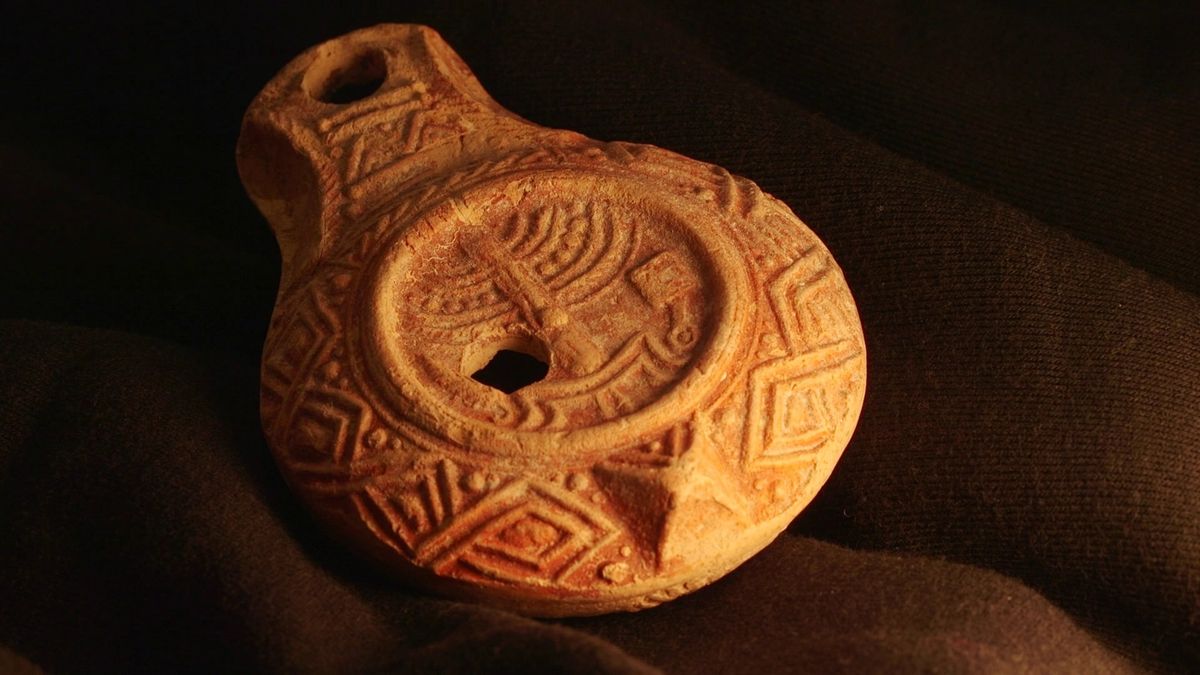The Canon Powershot Zoom initially seems similar to a regular camera or smartphone, offering features that can be found in most modern digital cameras. However, its true potential becomes evident when you start using the 400mm zoom.
Specifications
Photo sensor technology: CMOS
Focal length: 400mm with 2x digital zoom
Photo capture: 12.1MP with full HD movie mode
Storage: SD card enabled
Weight: 5.11 oz (145g)
Dimensions: 1.31 x 2 x 4.06-inches (33.4 x 50.8 x 103.2mm)
Durability: Plastic case with no waterproofing
Canon describes the PowerShot as a monocular, but it actually functions as a small digital camera equipped with a two-position zoom lens. This unique feature sets it apart in the monocular market. The lens provides a range equivalent to 100-400mm, with an option to reach 800mm using digital enhancement rather than a physical lens. While the image quality at 400mm is impressive, the photos captured at 800mm tend to be soft and aren’t really any more than casual snapshots.
Canon Powershot Zoom Digital Monocular review
Canon Powershot Zoom Digital Monocular: Design
- Very small and compact
- Tightly packed controls
- No water/dust proofing
The Canon Powershot Zoom Digital Monocular is designed to be compact and lightweight, weighing just over 5 oz (145 g) and measuring just over four inches (103 mm) in length. While these features make it highly portable, there are some drawbacks to consider when using it.
The monocular is equipped with six control buttons, including a lozenge-shaped zoom control, a power switch and a menu cluster located on the top of the body. Additionally, there are three buttons underneath, including a record button, a shutter button labeled “photo” and a diopter control. The diopter control offers correction ranging from approximately -3 to +1m-1(dpt), providing just enough adjustability to achieve the desired level of clarity.
When using the camera, we encountered a problem with the buttons being too close together. We often accidentally turned the unit off while trying to locate the zoom button. Setting up the camera initially was also quite challenging. We had to take our eyes away from the viewfinder in order to locate the buttons, as we were frequently pressing the wrong ones.
The viewfinder on this device is impressive, considering its compact size. It features a 0.39-inch EVF OLED with 2.36 million dots, providing a clear and detailed display. However, there is a slight disparity between the images viewed through the viewfinder and those uploaded to smart devices and PCs. Uploaded images appeared softer and less sharply focused than those viewed through the viewfinder.
The lens is quite intricate, consisting of 11 elements arranged in eight groups. This complexity means that the camera may be more vulnerable to impacts and jolts. It’s important to note that the unit is not designed to be waterproof or dustproof, which means it could be prone to damage during use.
While the lens lacks special coatings or glass, it does feature image stabilization. In our testing, we found that this stabilization performed effectively, especially when the unit was supported with two hands, resulting in well-reproduced images.
The camera lacks lens covers for either the objective lens or the viewfinder, so it’s important to handle it carefully to avoid smudges or scratches. This raises concerns about its long-term durability.
The Powershot Zoom can be charged using the USB-C port and SD memory card slots located behind a hatch on the side of the body. Canon includes a charging cable but not an actual charger, which would need to be purchased separately. However, most laptops have charging ports, so you might not need one.
The camera has an internal, non-removable 800 mAh battery, which provides approximately 150 shots on a full charge. It took around two hours to fully charge the battery from empty.
Canon Powershot Zoom Digital Monocular: Performance
- 800mm zoom lens
- Usable photos
- Cramped controls
Birdwatching with the Canon PowerShot was an incredibly rewarding experience. The 800mm zoom lens allowed for quick and accurate identification of birds that would be challenging to spot with most monoculars. Additionally, the ability to capture high-quality photos of the magnified image made the Canon PowerShot a valuable and unique tool for birdwatchers.
While the image quality may not be the best, the real value of this monocular lies in its functionality for bird identification, both in the field and when reviewing the images at home. Its compact size allows it to be easily carried in a pocket, providing birdwatchers with the ability to observe and document birds from great distances. Although the images captured at 800mm may be of lower resolution and less detailed, they are more than sufficient for bird identification purposes.
The camera, with a minimum focal length of 100mm and a minimum focus distance of 3.3 ft (1 m) lacks a macro function, making it unsuitable for close-up photography. However, it still performs satisfactorily for observing activities like bird-table action in a garden. Its standout feature is the ability to focus on fast-moving subjects, such as players in a football game, and capture them in action. This capability to adjust focus while recording sets it apart from some phones, making it a suitable choice for capturing close-up stills and videos at sporting events.
However, users may find the cramped button spacing to be a drawback, as it requires frequent repositioning of the unit to access the controls. Operating in good lighting conditions is essential due to its maximum aperture of f/5.6, as lower-light environments may lead to grainy images. Additionally, the camera offers two autofocus modes, face detection and tracking, which perform well under good lighting but may struggle in low light, along with a single point AF.
Canon Powershot Zoom Digital Monocular: Functionality
- Unique telephoto lens at this size
- Ability to capture photos and video
- Bluetooth and wireless connectivity
The Canon Powershot Zoom Digital Monocular with a telephoto lens offers unique features for identifying birds and zooming in on buildings during day trips, although the quality of still images may not be brilliant. Pairing the monocular with a smartphone via Bluetooth allows for image review and identification through apps like Google Photo.
The absence of a tripod attachment is a drawback, but the ease of pairing the monocular with a smart device using Canon’s Camera Connect app is a plus point. Additionally, the monocular’s ability to take photos internally and function like a normal monocular without needing a separate phone holder is very useful.
Should you buy the Canon Powershot Zoom Digital Monocular?
Buy it if:
✅ Images are everything: Boasting both still and video capture, this is a great monocular for imaging.
✅ You’re an avid twitcher: This compact monocular is great for identifying birds at a distance.
Don’t buy it if:
❌ You want to use a tripod: The Powershot Zoom has no attachment for one.
❌ You’ve got sausage fingers: The buttons on the unit are packed in super-tight.
The Canon Powershot Zoom Digital Monocular offers a unique combination of portability and impressive 800mm zoom capability, making it well-suited for niche applications. Its ability to capture high-quality photos and videos, particularly at sporting events, may appeal to younger users. The unit’s Bluetooth and wireless connectivity sets it apart, and the option to use a phone screen as a viewfinder is an added benefit.
Despite the too-closely-spaced buttons and lower image quality, the capability to capture and transfer photos to a smart device introduces a new dimension to monocular use. As a result, we highly recommend the Canon Powershot Zoom Digital Monocular.
If this product isn’t for you
If you prefer a more traditional monocular, the Python Rangemaster 12×52 offers high-quality glass and powerful 12x magnification.
On the other hand, if you’re interested in a digital unit, you might want to look into the Bushnell Equinox x650 digital night vision monocular. This device not only provides night vision capability but also works in normal light conditions, and comes with photo and video features.
For those prioritizing small size, the Nikon 7394 5×15 Hg monocular is a compact option, measuring only 2.8 inches long, and features the high-quality glass associated with Nikon products.
















